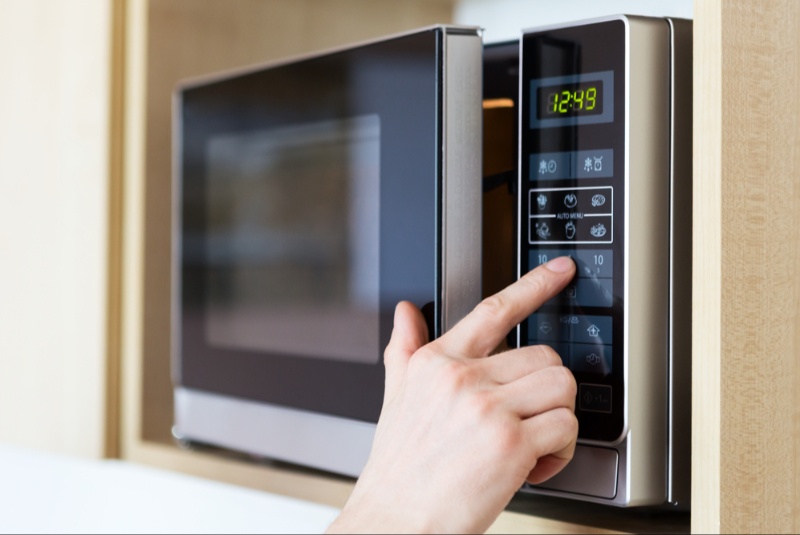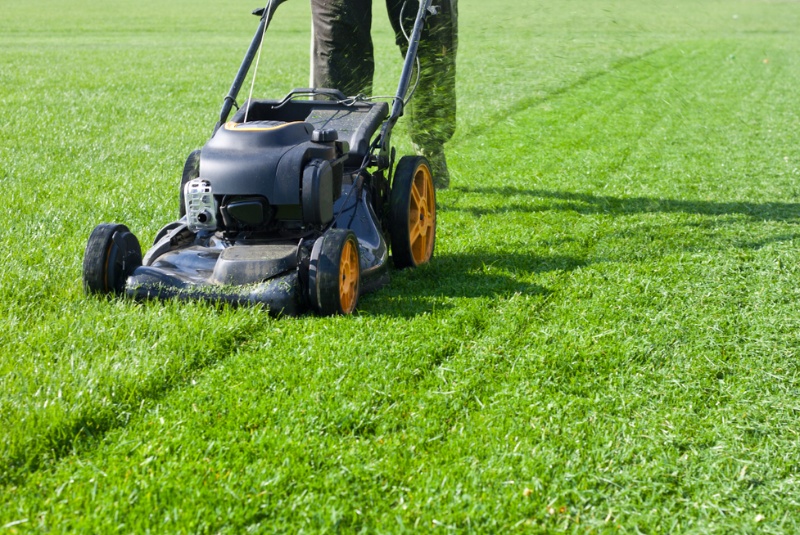Bird watching is a pursuit that connects nature lovers with the beauty and intricacies of avian life. Key to this activity is a good pair of binoculars, which brings the vibrant details of birds into clear view. Selecting the perfect binoculars, however, is no small feat given the variety of options available. This 1,300-word guide is crafted to navigate birdwatchers through the essential features and considerations in purchasing binoculars that best suit their birding adventures.
Understanding Binocular Terminology
Before diving into the specifics, it’s important to understand common binocular terminology. Terms like magnification power, objective lens diameter, field of view, and eye relief are crucial in the selection process. Magnification power refers to how much closer the subject appears, while objective lens diameter affects the amount of light entering the binoculars, influencing brightness and clarity. Field of view is the width of the area visible through the lenses, and eye relief is the distance between each eyepiece and your eyes. This section will break down these terms and others, providing a foundational understanding of binocular specs.
Magnification and Lens Size: Balancing Clarity with Field of View
When it comes to bird watching, the right balance between magnification and lens size is key. Higher magnification provides closer views of birds but can reduce the field of view and make the binoculars harder to hold steady. A larger lens size increases light and clarity but also adds weight. Typically, 8x42 or 10x42 binoculars are recommended for bird watching. This part of the article will delve into finding the perfect balance based on your specific bird watching activities and environments.
Optical Quality: Ensuring Clear and Bright Images
The quality of the optics determines how clear and bright the images appear. High-quality binoculars have multi-coated lenses that reduce glare and enhance color fidelity. The type of prism used in the binoculars, either Porro or roof prism, also affects image quality and the weight of the binoculars. This section will discuss the importance of optical quality and how to assess it when selecting binoculars.
Design and Build: Comfort and Durability
The design and build of binoculars affect their usability and longevity. Ergonomic features such as non-slip grips, adjustable eyecups, and a comfortable weight contribute to extended bird watching sessions without discomfort. Durability is also crucial, especially for birdwatchers who venture into rugged outdoor environments. This part will explore the aspects of binocular design and construction that enhance comfort, usability, and durability.

Waterproof and Fog-proof Features
For birdwatchers, weather conditions can be unpredictable. Waterproof and fog-proof binoculars are essential for use in various climates and to protect the internal optics from moisture and temperature changes. This section will explain the technology behind these features, such as nitrogen or argon purging, and their importance in maintaining the performance of your binoculars in different weather conditions.
Portability and Weight Considerations
The weight and size of binoculars are significant, especially for birdwatchers who travel or hike. Lighter binoculars reduce fatigue but might compromise on some features. This segment will offer insights into choosing binoculars that provide a good balance of portability and functionality, ensuring they are a convenient companion on your birdwatching excursions.
Price Range and Quality: Investing Wisely
Binoculars come in a wide range of prices, often reflecting their quality and features. While higher-end models offer superior optics and build, there are also mid-range and budget options that provide good value. This part of the article will guide you in determining a budget and understanding what features and quality you can expect at different price points.
Additional Features for Birdwatchers
Some binoculars come with features specifically beneficial for birdwatching. These include image stabilization for steady views, wide field of view for observing fast-moving birds, and close focus for seeing details in nearby birds. This section will delve into these additional features, helping you decide which are worth considering based on your bird watching preferences and habits.
Brand Reputation and After-Sales Service
The reputation of the brand can be a good indicator of the quality and reliability of the binoculars. Established brands often offer better warranties and customer service. This part will discuss the importance of researching brands, reading reviews, and considering the warranty and after-sales service offered.
Personal Preference and Testing
Ultimately, the best binoculars for you will depend on your personal preferences and how they feel in your hands. Testing different models, if possible, is highly recommended. This section will encourage readers to try out various binoculars to assess comfort, ease of focusing, and overall user experience, ensuring the final choice is one that feels intuitively right for their birdwatching adventures.
A Clear View to Birdwatching Success
In conclusion, choosing the right binoculars for bird watching is a blend of understanding technical specifications, assessing build quality and features, and aligning with personal preferences and needs. This guide aims to equip birdwatchers with the knowledge to make an informed decision, ensuring that their time spent in nature observing birds is enhanced by the right pair of binoculars. Remember, the perfect binoculars not only bring the beauty of birds closer but also enrich your overall experience with nature.




